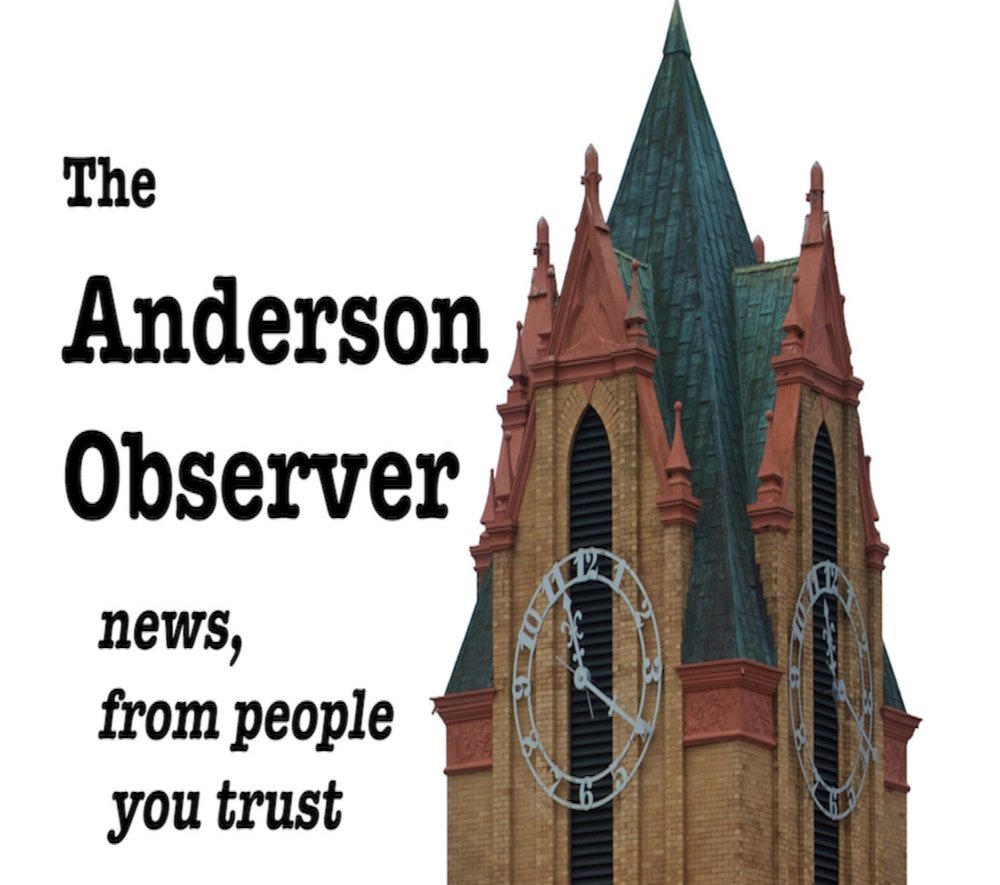Labor Unions Play Key Role for American Workers
For many Americans, Labor Day is simply a three-day weekend, filled with barbeque, football and gatherings to marke the end of summer and the beginning of the school year.
Thanking American workers for the labor that made America great sadly doesn’t enter the conversations of many..
So on this weekend, I want to send out a heartfelt thanks to laborers across this country, without whom none of us would have a home to live in, a street or highway to get us to and from work, or the electric/gas power and basic utilities that keep America working.
Today’s workers, like those who first proposed a Labor Day holiday nearly 150 years ago, those who work at the dawn of an industrial revolution with just as much potential for economic disruption and opportunity as the era that gave us railroads, factories and eventually the electricity and automobiles that make modern life possible.
Labor Day was first celebrated on Sept. 5, 1882, in New York City, at an event organized by the Central Labor Union, a predecessor to today’s AFL-CIO and other unions. Some say it was carpenter Peter J. McGuire, a co-founder of the American Federation of Labor, who first proposed a day to honor those “who from rude nature have delved and carved all the grandeur we behold.” Others say Matthew Maguire, a machinist, came up with the idea.
Either way, the holiday took hold and was adopted by more than 30 states before becoming an official federal holiday in 1892. The workers movements that founded Labor Day, and later the May 1 International Workers’ Day, were instrumental in the establishment of the eight-hour work day, the 40-hour work week and overtime pay. Indeed, today’s demands for a $15-plus minimum wage, along with most of federal and state regulations to protect workers’ safety and rights, are the legacy of labor activists.
Today, even with miraculous breakthroughs in wireless interconnectivity, artificial intelligence, robotics, 3-D manufacturing, nanotechnology and biotechnology, many workers in all sectors fear that their jobs will no longer exist in the near future. And for good reason.
One recent report estimates that “by 2030, 75 million to 375 million workers (3 percent to 14 percent of the global workforce) will need to switch occupational categories.” To address this magnitude of disruption, private and public institutions alike must begin educating and training the students and workers of today for the jobs of tomorrow.
This requires far greater digital literacy; continued skills upgrades for all workers, especially those in midcareer; a more fluid labor market, which requires better health-care options not tied to employers; and new infrastructure to support the new economy. When it comes to AI and advanced robotics, it’s important to note that someone must manufacture, market and service the machines of the future. And that “cobotics” — robots working alongside people — is already a reality in sectors as varied as manufacturing, energy production and health care.
What’s most important for workers, management and government alike is to learn from the disruption and displacement of past industrial revolutions and, as the McKinsey report urges, “embrace automation’s benefits and, at the same time, address the worker transitions brought about by these technologies.”
Meanwhile, enjoy the rest of your Labor Day weekend. And give thanks for the workers who have always — and will continue to — make America great.
